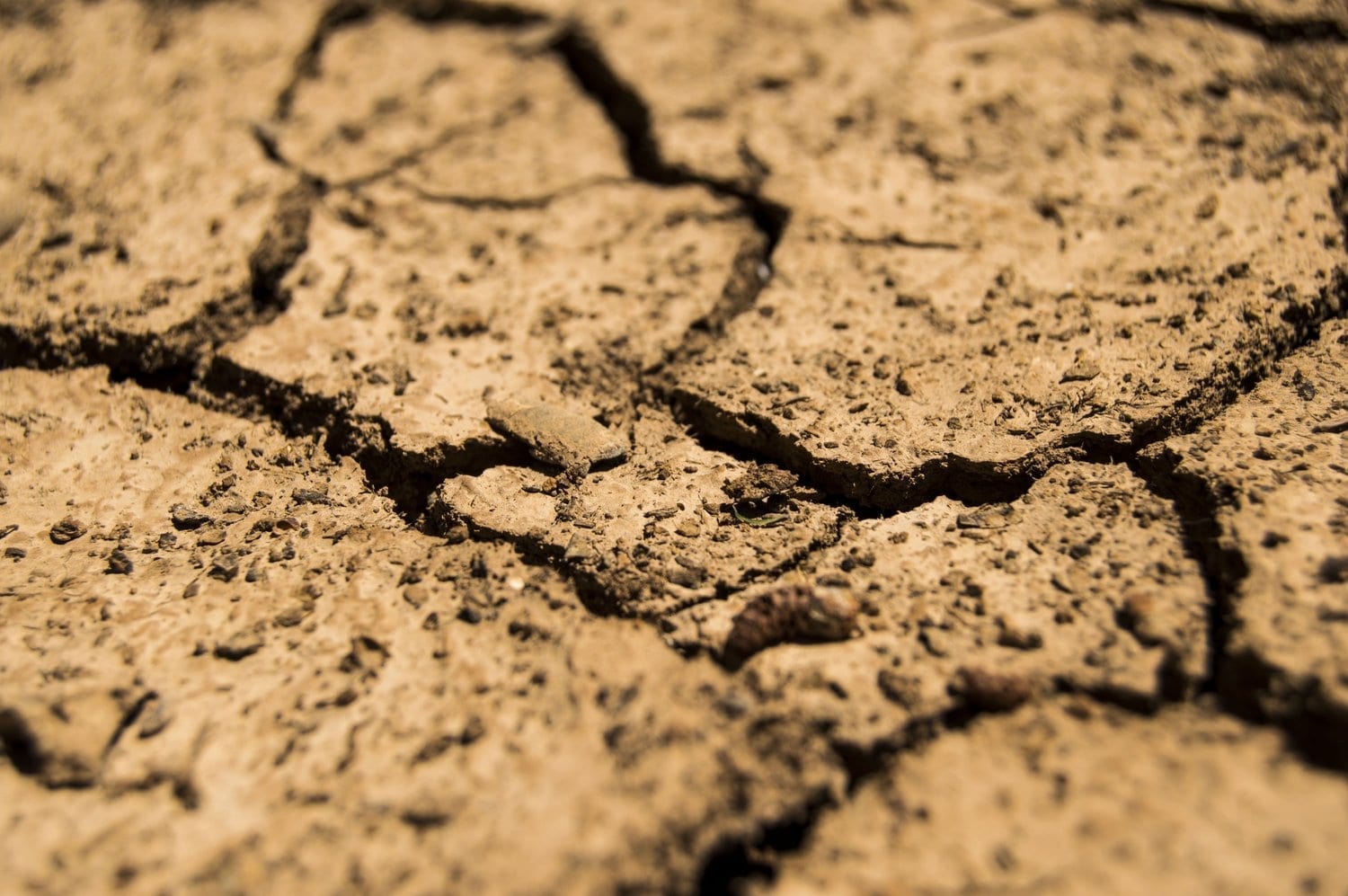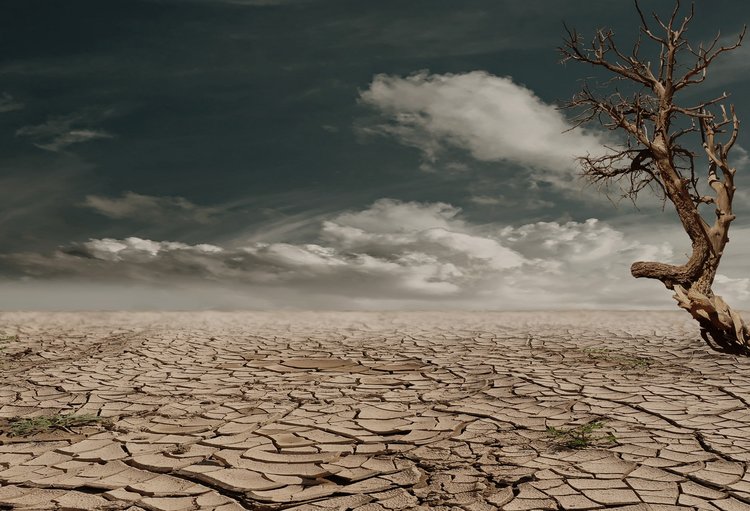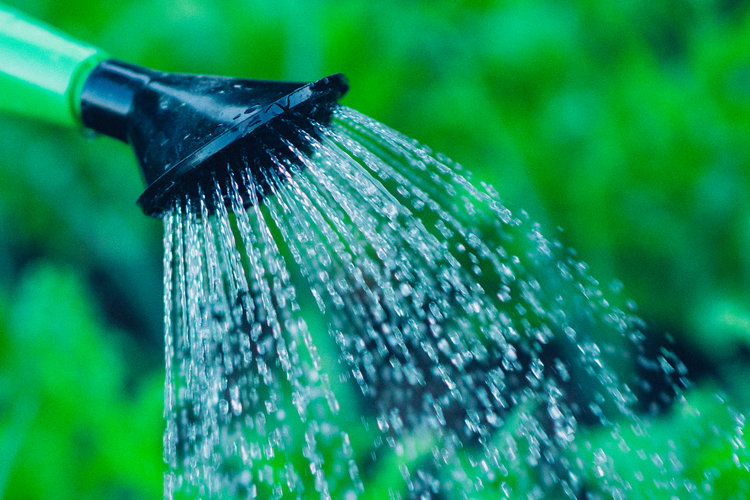
LAWN LOOKING A BIT DRY?

Whilst warm and dry weather is usually good news to us (bring on the t-shirt tans), our lawns often respond by turning into something resembling breakfast cereal, which can be alarming and frustrating if you have diligently created a lush green lawn. Drought will adversely affect your lawn if the top 10 cm of soil is dry, this is the golden depth which keeps your lawn green and healthy.
During dry periods, your lawn will stop growing, and likely turn brown. This is normal and can be reversed (don’t panic!). Some fine ornamental lawns might be more susceptible to damage from drought, but most standard lawns will recover well.
Strong, healthy lawns resist and recover from drought more quickly, so ensure that you prepare for a drought and look after them during dry spells to encourage them to be strong and robust.
PREPARE IN THE SPRING OR BEFORE AN EXTENDED DRY PERIOD

Aerate. Aerating just means making small holes in the soil, which allows air, water and nutrients to reach the roots. This encourages strong and healthier roots. You can aerate with a manual or motorised aerator, or even just a garden fork.
Scarify. Scarifying removes lawn clippings and dead grass from the lawn bed and around the roots. Not doing this will cause a build of debris which is called thatch and can suffocate the grass. You can use a mechanical scarifier or a good old rake will do the job. Keeping your lawn free of thatch will leave the lawn bed clear to receive nutrients and water.
MAINTAIN DURING A DROUGHT

Raise the height of your mower. Your grass won’t grow during dry spells and longer grass encourages the roots to go down deeper to find more moisture. Keep blades sharp to avoid damaging the grass, blunt blades can rip the grass and damage the leaf.
Mulch the clippings. Don’t gather the clippings because they make a great mulch. A well mulched lawn slows down the evaporation of water and provides valuable nutrients to the soil. But make sure that the clippings are very small, large clippings could smother the grass. All robotic lawn mowers mulch the clippings anyway, this is why most lawns which are cared for by robotic lawn mowers are so healthy. But if you just have a standard mower, frequent mowing will keep the clippings short and the mulch productive.
Watering. As long as a hosepipe ban isn’t in place, you should aim to water your lawn well every 7-10 days. Over watering can do just as much damage as no watering during dry conditions. Over watering will encourage shallow rooting and cause moss and disease. It was also make the lawn less tolerant of droughts, and in the event of a hosepipe ban (likely during extended dry spells) your lawn will struggle. Ensure you’re giving just the right amount of water. The top 10cm of soil is the most important, this is the area where the roots will find the most moisture and nutrients. Different sprinklers and hoses will apply different amounts of water so a great way to find out how long you need to water your lawn for is to dig a test hole a few hours after watering. If the top 10cm of soil is damp, you have watered for long enough. If not, water a little longer next time. Water late at night or early in the morning so that the water has a chance to penetrate to the roots before evaporating.
Don’t squish. During extended periods of dry weather, try to reduce the traffic on the lawn to avoid damaging dry and fragile grass.
Fertilising. Don’t use nitrogen fertiliser during a drought, nitrogen encourages new growth which you don’t want during dry spells as the new growth won’t be strong enough to survive the extreme conditions. Focus on keeping the existing grass as healthy as possible.

AFTERCARE
Tender loving care. Give your lawn some TLC in the autumn to help it recover and encourage strong and healthy roots. Aerate and scarify to encourage water and nutrients to reach the roots. Over seed areas which have become patchy. Consider using a drought resistant grass mix, these usually include micro clovers which are remain strong during dry weather. If your lawn is over run with weeds, use a proprietary weed killer on the weeds only. Do not use lawn weed killer on damaged grass because it won’t be strong enough to resist damage.
A brown and crispy lawn doesn’t have to spell disaster if you follow out tips. We are always available to help and advise you on the best way to care for you lovely lawn. Feel free to get in touch.









